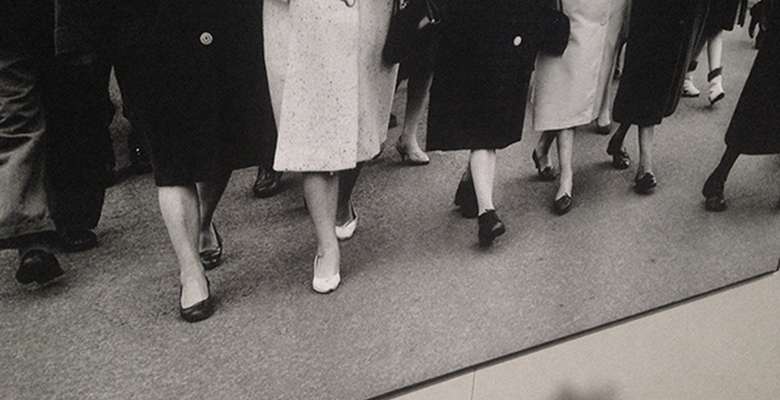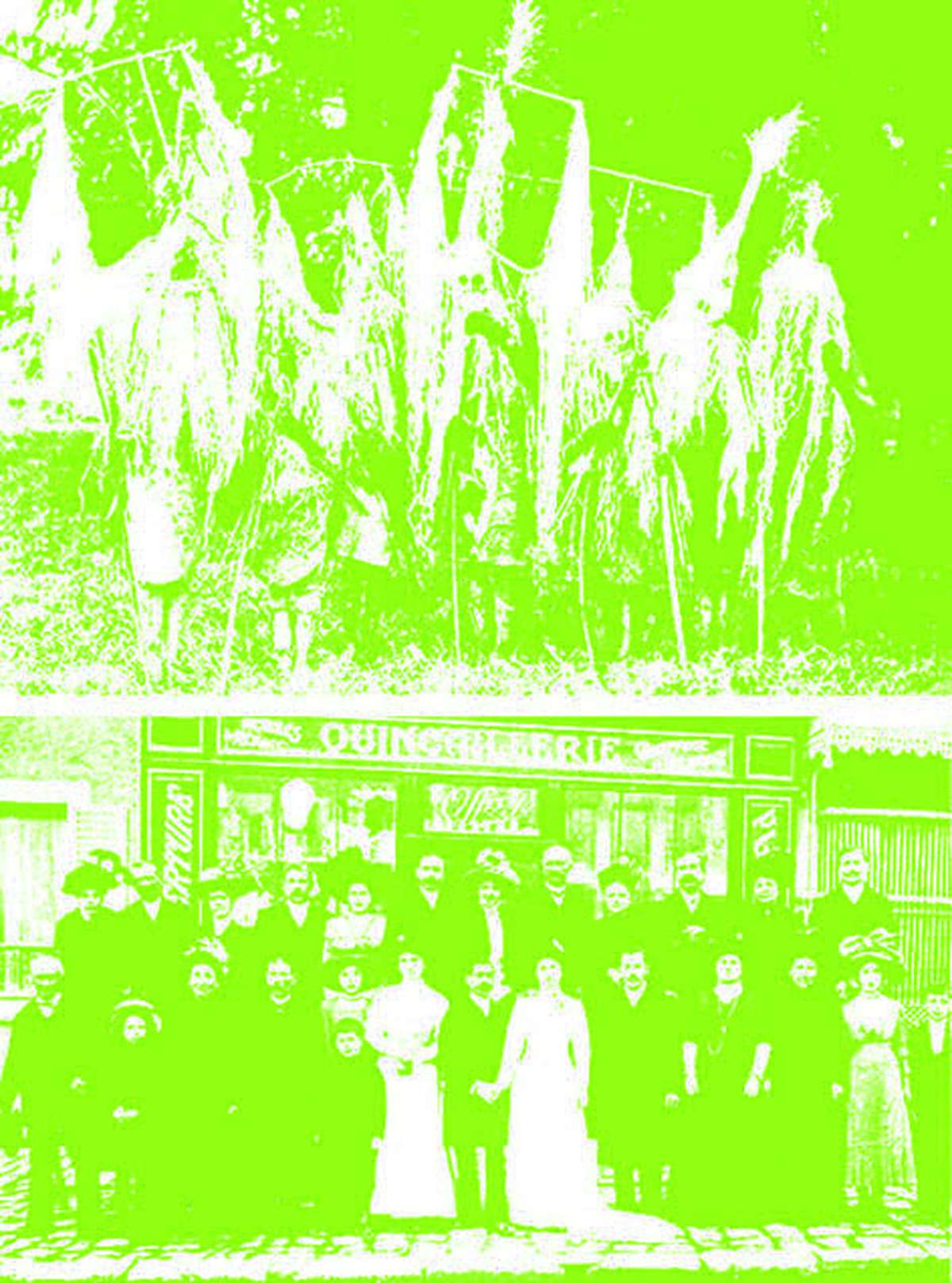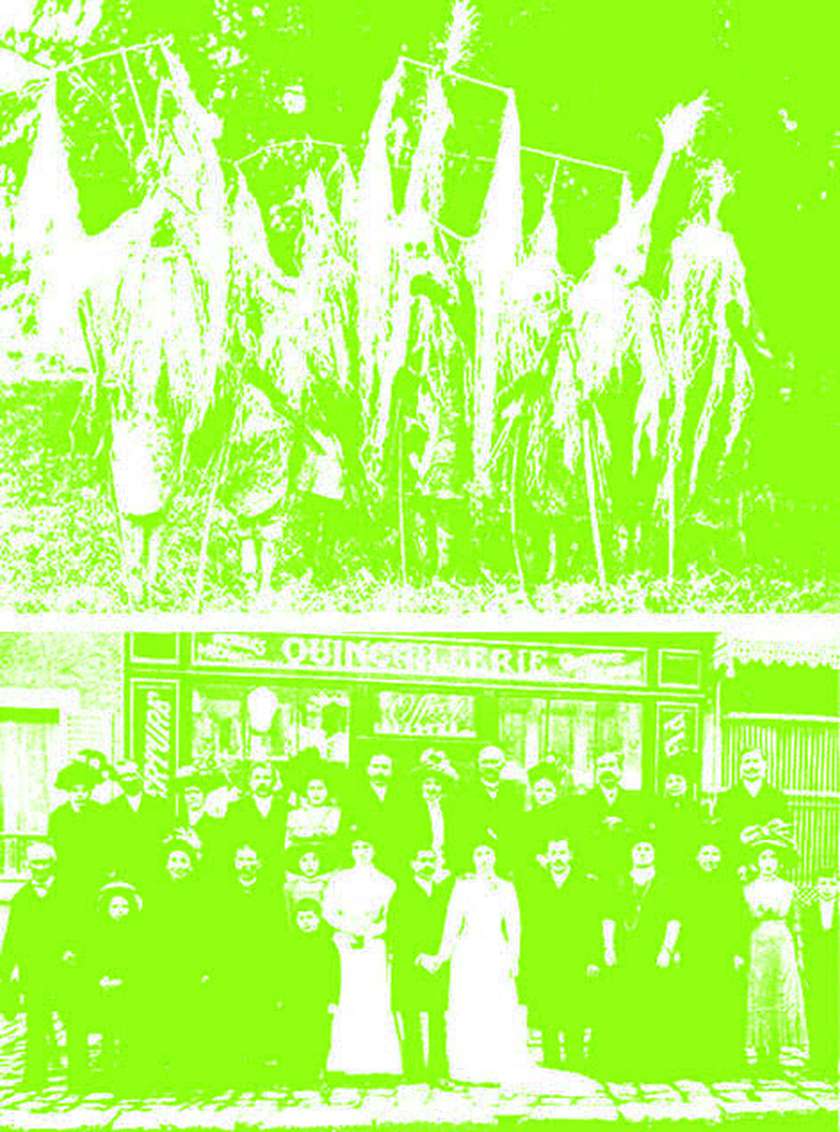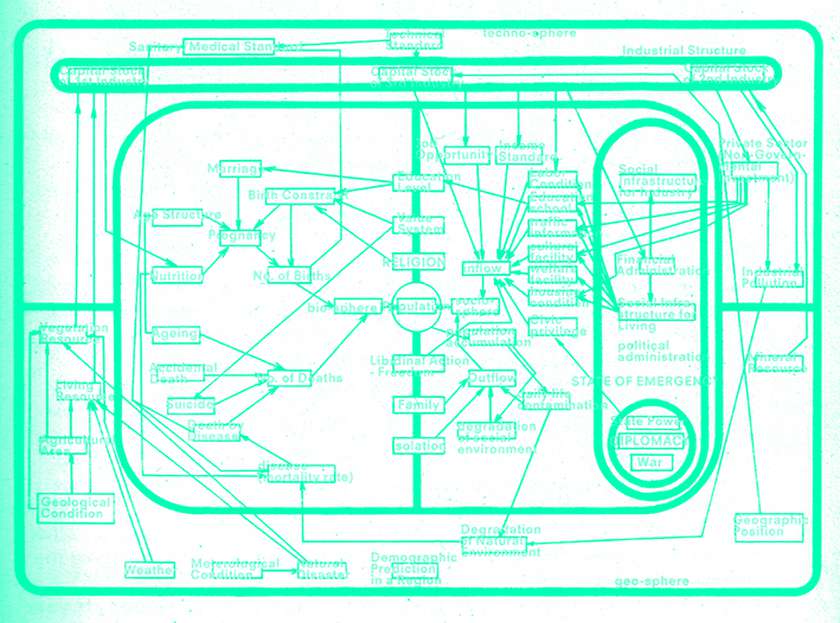Idea by
Xavier Wrona
Call for ideas 2016
Architecture and Alternative World Orders
Architecture and Alternative World Orders

«Philosophers have hitherto only interpreted the world in various ways. the point is to change it»
In his famous 11th thesis on Feuerbach, Marx wishes for the world to be transformed. The enormous quantity of problems that threaten even the possibility of mankind’s presence on the planet today seem to revive the meaning of such a clear and simple hope.
Georges Bataille's 1929 criticism of architecture allows us to see architecture as this by which the world is put in order. Interestingly, architects have historically been applied to much diverse objects than the sole buildings to which they are now assigned. The reason why architectural thinking has been recently limited to the production of buildings needs to be studied and this limitation should be reconsidered. We propose the creation of a new field of research in the Human Sciences: Architecture and the rethinking of totality, one where we can re-open the question of what the future should be and how it could be organized.

In confronting these two images, Georges Bataille reopens the question of the possible plurality of world orders. The "normality" of the west suddenly appears rather peculiar. Could alternative world orders be designed?

This "Shunga", this "image of spring" as the Japanese call their erotic art, is one of the first in which a Japanese couple is depicted as dressed in western clothes. We studied the evolution of clothing in Japan and how "Japanese desire" was displaced from the neck, with the Kimono, to the legs and breasts under western influence. If desire can be politically re-engineered, the world order might not be a fatality.

After the Second World War and the massive destruction of Japan, Japanese architects even re-engineered what an architecture office could be. Kurokawa for instance even created an institute for social engineering where he was planning on reconstructing the entire state of Japan.

I believe that what designs buildings today isn't architects but rather neo-liberal policies, austerity measures, free trade agreements. As such, this ought to be understood as architecture and should be studied by architects in order to propose alternative ways to order reality.

Like in this Renaissance depiction of "the good architect" and "the bad architect", what is at stake in architecture is never only the building but rather the order the that should be applied to reality. I believe architects should forget about buildings to move to more urgent matters where their help is needed. This is why I would like to discuss, debate and move towards the creation of a new field of research in the Humanities: Architecture and the ReThinking of Totality
Architecture and Alternative World Orders
Architecture and Alternative World Orders

«Philosophers have hitherto only interpreted the world in various ways. the point is to change it»
In his famous 11th thesis on Feuerbach, Marx wishes for the world to be transformed. The enormous quantity of problems that threaten even the possibility of mankind’s presence on the planet today seem to revive the meaning of such a clear and simple hope.
Georges Bataille's 1929 criticism of architecture allows us to see architecture as this by which the world is put in order. Interestingly, architects have historically been applied to much diverse objects than the sole buildings to which they are now assigned. The reason why architectural thinking has been recently limited to the production of buildings needs to be studied and this limitation should be reconsidered. We propose the creation of a new field of research in the Human Sciences: Architecture and the rethinking of totality, one where we can re-open the question of what the future should be and how it could be organized.

In confronting these two images, Georges Bataille reopens the question of the possible plurality of world orders. The "normality" of the west suddenly appears rather peculiar. Could alternative world orders be designed?

This "Shunga", this "image of spring" as the Japanese call their erotic art, is one of the first in which a Japanese couple is depicted as dressed in western clothes. We studied the evolution of clothing in Japan and how "Japanese desire" was displaced from the neck, with the Kimono, to the legs and breasts under western influence. If desire can be politically re-engineered, the world order might not be a fatality.

After the Second World War and the massive destruction of Japan, Japanese architects even re-engineered what an architecture office could be. Kurokawa for instance even created an institute for social engineering where he was planning on reconstructing the entire state of Japan.

I believe that what designs buildings today isn't architects but rather neo-liberal policies, austerity measures, free trade agreements. As such, this ought to be understood as architecture and should be studied by architects in order to propose alternative ways to order reality.

Like in this Renaissance depiction of "the good architect" and "the bad architect", what is at stake in architecture is never only the building but rather the order the that should be applied to reality. I believe architects should forget about buildings to move to more urgent matters where their help is needed. This is why I would like to discuss, debate and move towards the creation of a new field of research in the Humanities: Architecture and the ReThinking of Totality